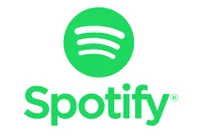Spotify Lossless is the best thing to happen to my phone — here's why I love it so much

It may seem strange to begin an article headlined ‘I love Spotify Lossless’ by professing my adoration for another music streaming service, but I feel such a preface is justified. You see, I’m an avid Tidal user; I have been for years. It’s the most-used app on my phone (after WhatsApp!)
Having dabbled with Qobuz (also great), Amazon Music (very good), Deezer and YouTube Music (decent) over the years, I’ve found myself returning to the impressive audio quality, useful Connect feature and ‘just right’ interface of Tidal every time. Like an eager traveller, keen to see the world but finds themselves revisiting the same place over and over.
While naturally I have encountered Spotify on my music streaming (and audio reviewing) ventures, the world’s most popular music service has rarely piqued my curiosity in recent years due to its comparatively poor audio quality. After all, what’s the use of innovative music discovery and pop culture playlists to someone who often listens to music through a multi-thousand-dollar hi-fi system, if the quality isn’t there?
Free trial for 4 months, $11.99 per month after
Spotify needs no introduction — it's the biggest streaming service in the world. You get hi-res streaming, a massive library as well as audio books and podcasts. You get 4 free trial months to see if you like the premium sub, or you can choose a Spotify free account if you don't want to pay — although you won't get the extra features.
Spotify belatedly joins the lossless party
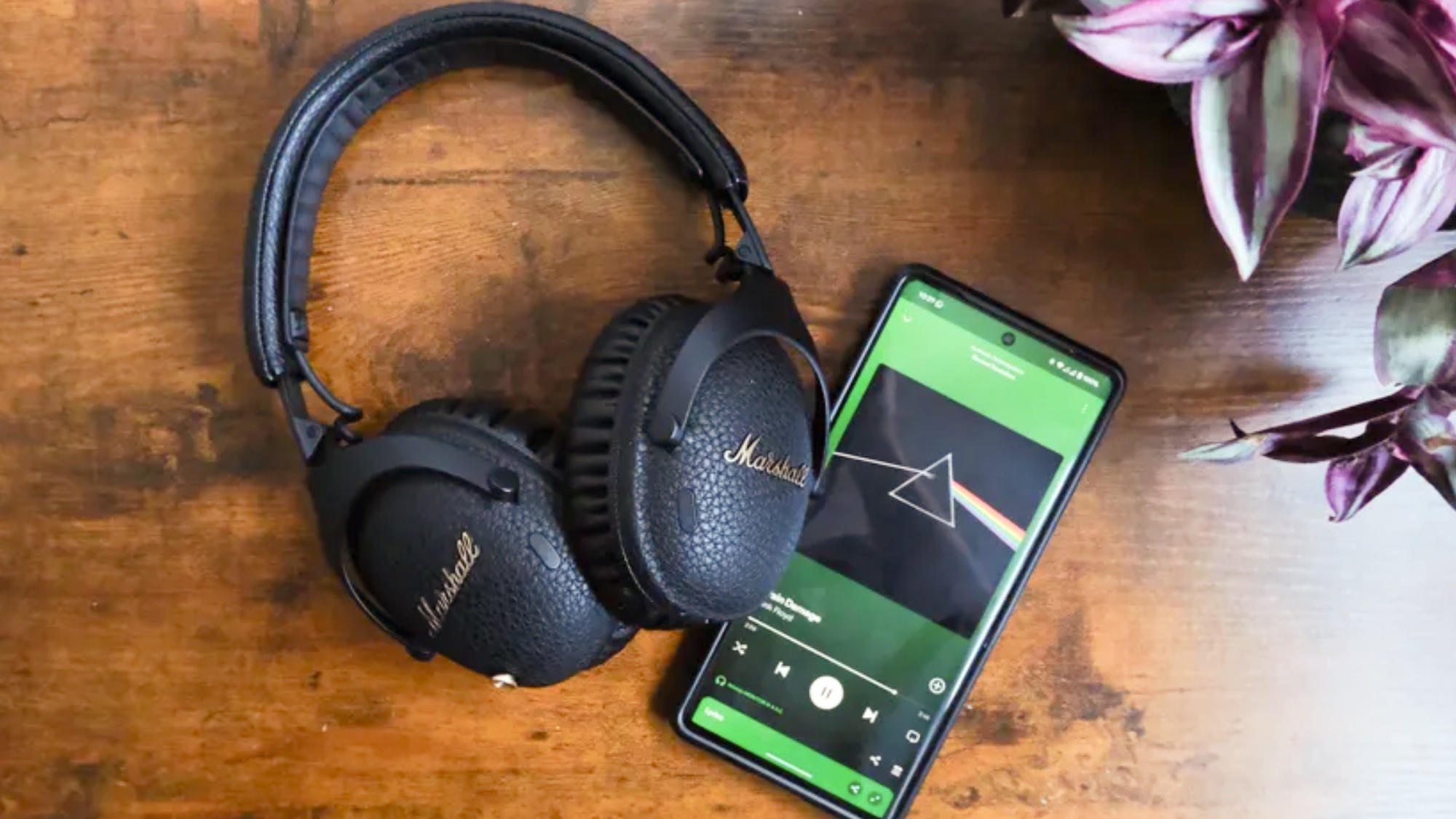
That all changed in September 2025, when Spotify finally, after years of failing to deliver on its promise of lossless sound, introduced Spotify Lossless. This substantially upgraded Spotify Premium subscribers’ streaming quality, from bitrates comparable to MP3 quality (320kbps) to that of true high-resolution audio (up to 24-bit/44.1kHz).
It was undoubtedly a monumental step forward for Spotify, bringing its sound-conscious subscribers and the general propagation of hi-res audio into the mainstream… albeit not so much for the audiophile industry. Indeed, Tidal, Qobuz, Amazon and Apple have delivered technically superior hi-res streaming, up to 24-bit/192kHz, for years.
Why didn’t Spotify match that higher cap? Spotify says that facilitating the highest of hi-res quality would require “greater data volume and bandwidth requirements.” Presumably because it relates to storing the streams in its system and transmitting them over Spotify Connect, since, generally, the higher a stream’s bitrate, the larger the file. Spotify has vastly more paying subscribers than its rivals, too, which may well have exacerbated such logistical challenges.

Audibly, that gap between Spotify’s maximum 24-bit/44.1kHz and its rivals’ peak 24-bit/192kHz audio, represented by the amount of musical information within the recording, is significant for owners of audio hardware that is transparent enough to reveal that extra detail – yes, such as my hi-fi system, but also, say, a DAC and wired headphones setup that merely breaks the three-figure barrier.
Get instant access to breaking news, the hottest reviews, great deals and helpful tips.
What about the more modest audio devices that the vast (vast) majority of Spotify subscribers stream their music through, such as Sonos wi-fi speakers or the Sony WH-1000XM6 wireless headphones? Nope, not revealing enough. OK, so what about the best wireless headphones costing as much as $600? Still no… sorry, folks.

Not only is such hardware typically not sophisticated enough, but the Bluetooth technology at the heart of many of them is inherently limited, too. Even when wirelessly streaming music between two devices (a phone and headphones, say) that support the highest-quality Bluetooth codecs (aptX Lossless and LDAC), hi-res audio is compressed in order to wirelessly transmit the large audio files; its quality is compromised anyway.
You could look at all this as good news. After all, if you won’t likely benefit from the ‘better’ quality offered by Spotify rivals anyway, are feelings of FOMO towards Tidal’s highest-quality streams justified? Spotify is now plenty good enough for most people and their modern headphones and speakers, period.
Giving Spotify a shot…

It was time to give the ‘MIP’ (Most Improved Player) the chance I’d afforded Qobuz et al to pull me away from Tidal, and I’m glad I did. If you, like me, haven’t used Spotify for a while, it’s probably comparable to your high-school friend you now only see once in a blue moon – familiar, just much busier.
The interface is dense, the suggested algorithm-led playlists are everywhere, but it’s still the intuitive, graphic-heavy and highly personalised experience it has always been.
It took me a week or so to get used to the shoutier layout compared to Tidal’s comparatively more muted UI, and naturally, you need about that time to allow Spotify to work out your music tastes based on your searches and what artist/song stations and mixes you lean into. Once I was settled in, it was the best thing to happen to my phone all year.
…pays off
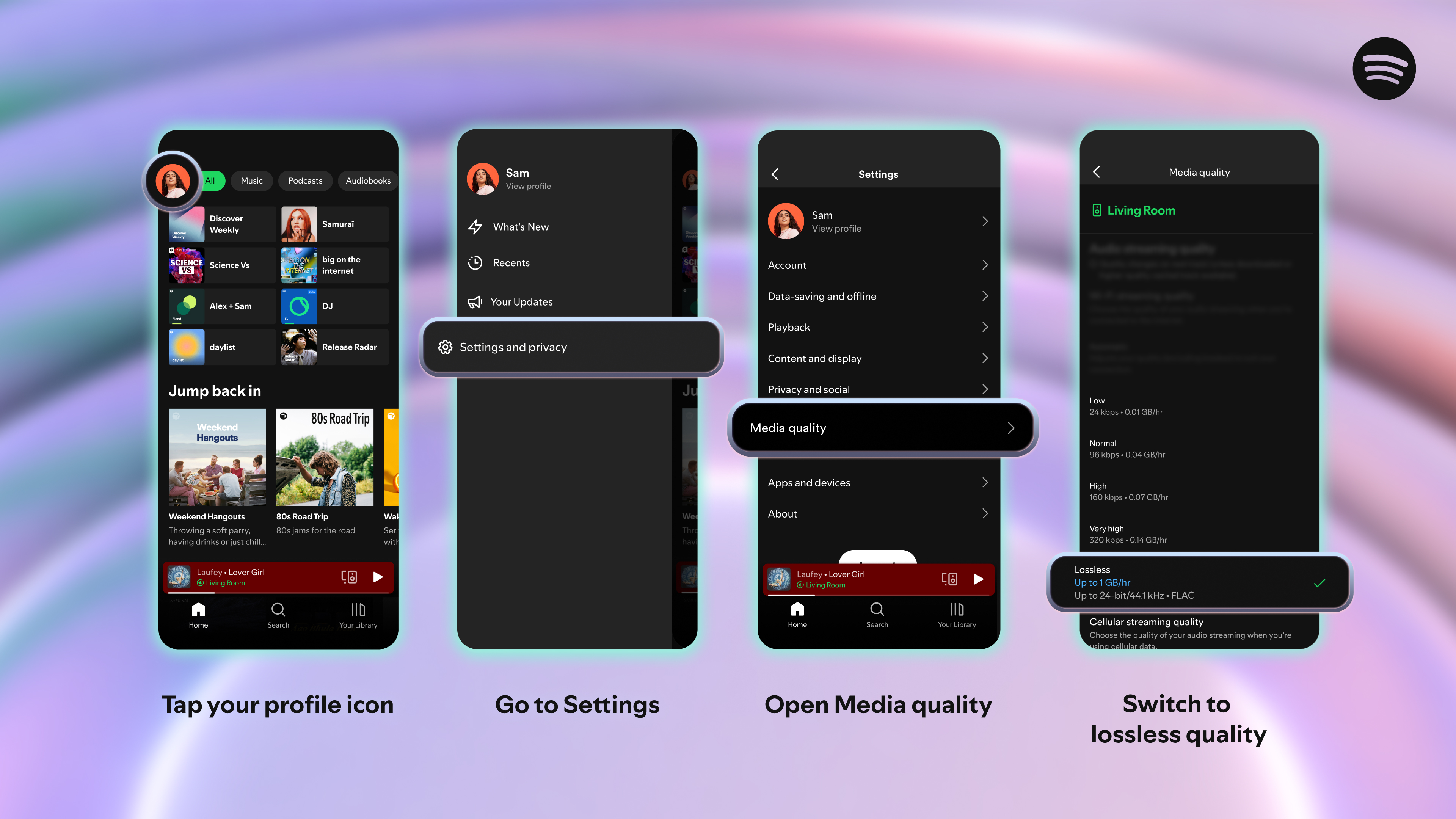
What I came to most appreciate, and which I will be hesitant to bid adieu to, is the extra content and superior discovery Spotify offers.
Spotify has been on a mission to make its service more interactive than ever before, adding collaborative playlist builders with friends and ways for you to ‘play DJ’ by, for example, editing track transition effects. Personally, I can take or leave them.
But then you have a whole catalogue of podcasts. Thousands of them.
I’ve not been much of a podcast fan in the past, though I realise now that it’s because they weren’t shoved in front of me; Tidal doesn’t have a podcast library. I’m now enjoying regular dalliances with The Rest Is Football and Parenting Hell with Rob Beckett and Josh Widdicombe, and I don’t want to give it up. Perhaps I’ll give Spotify’s included audiobook offering a try too, despite being a book-in-hand-worm.
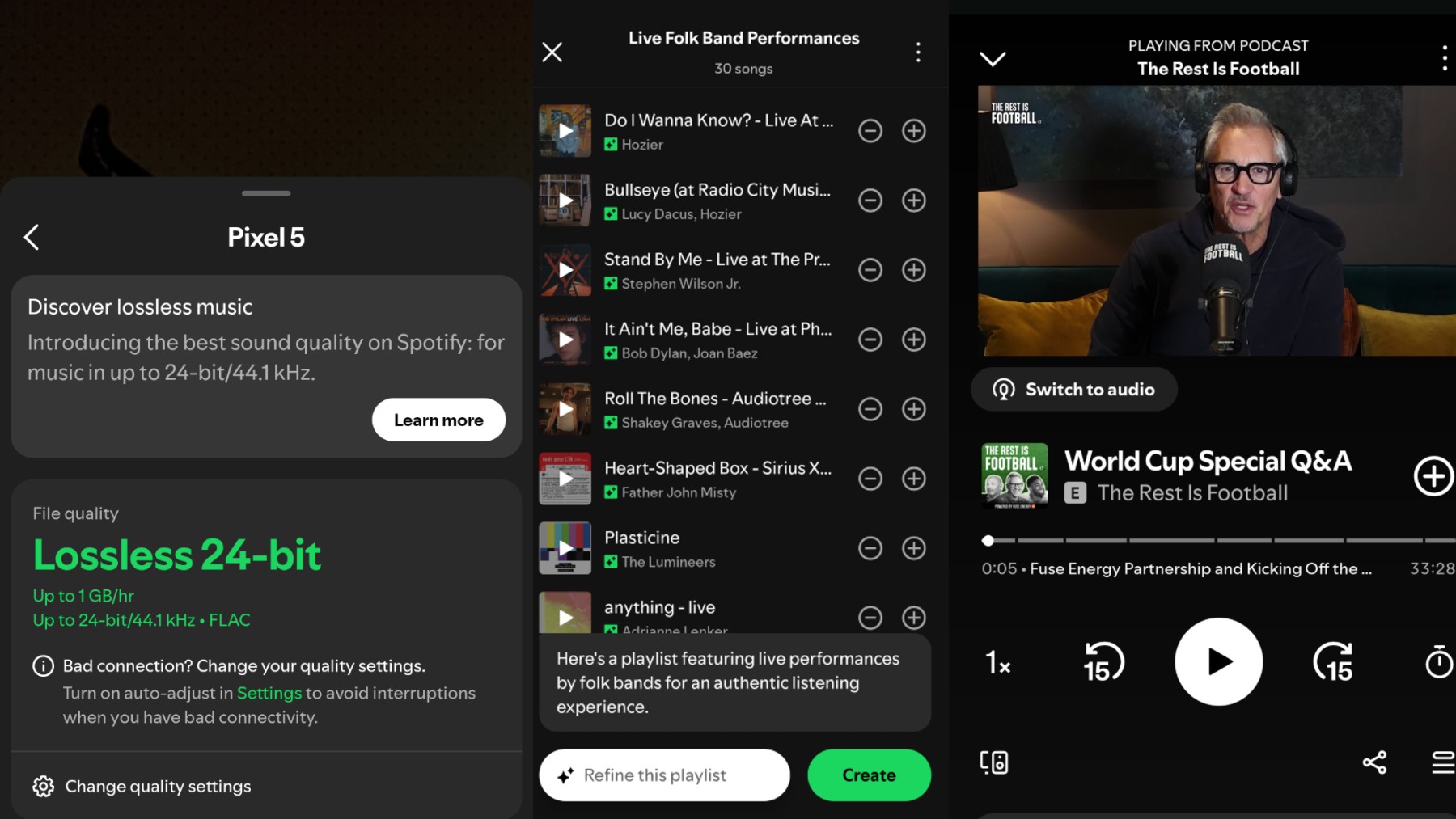
Also, while Tidal has its own very effective versions of Spotify’s headline Discovery Weekly and Release Radar playlists, I have come to love Spotify’s wider genre- and mood-based mixes (which don’t miss!), as well as the AI Playlist that creates a tracklist based on your prompt, such as ‘live performances by folk bands’ (which can miss but are still, in my mind, valuable!)
I was surprised by how quickly Spotify’s algorithm ‘learned’ my music taste, too. Within a week, Spotify’s track suggestions didn’t look any less relevant than the Tidal ones based on years of use. Other services typically take much longer to get into your groove.
Sound up to scratch (for mobile)
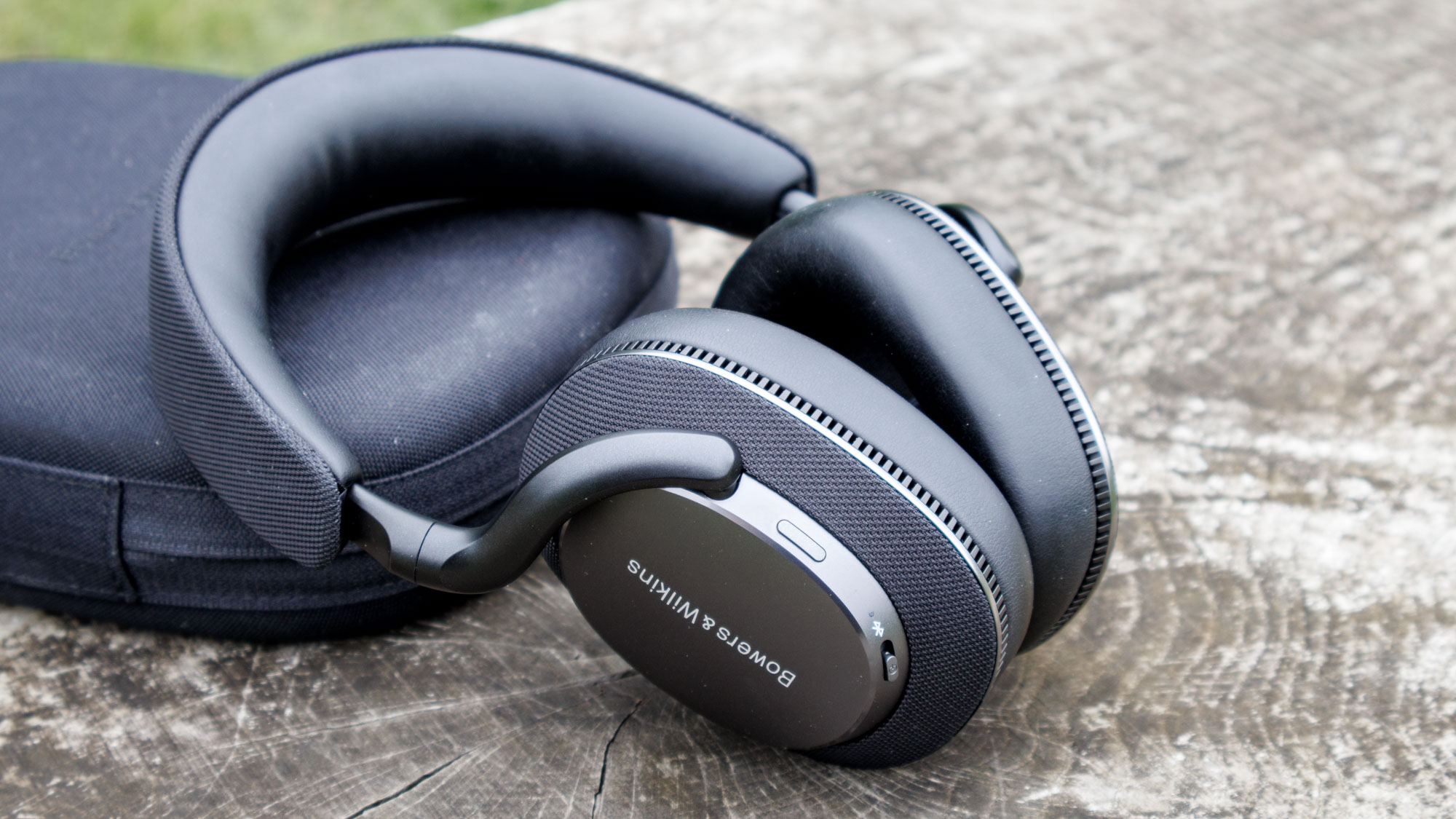
So how does Spotify Lossless’ sound compare? Through my current Bluetooth headphones, the Bowers & Wilkins Px7 S3 ($449) and Bose QuietComfort Ultra Earbuds 2 ($249), perfectly decent. They’re a huge upgrade over the service’s former 320kbps streams – the soundstage is opened up, and music is clearer and punchier, with much more detail on offer.
As good as Tidal’s? Almost. The Tidal streams certainly sounded different – every service somewhat differs sonically in my experience, whether that’s down to how the streams are stored in the back end, or something else – and, ultimately, a touch clearer and more refined, but not in a night and day “that cymbal sounds positively crude; I must return to Tidal immediately” way.

Sure, compare the services through my hi-fi and laptop/DAC/headphone system instead, and, as expected, that sentiment wasn’t mirrored; the sonic benefit of Tidal’s higher cap shone through on tracks available in 24/96 and 192. But as for the audio experience through a phone and everyday headphones, Spotify Lossless has brought the service bang up to scratch.
Two months into using Spotify Lossless, I find myself only reverting to Tidal when listening through my hi-fi streamer. Its arrival has allowed me to finally appreciate the ‘extras’ Spotify offers and anticipate my first Spotify Wrapped. I’ll be sticking with both services for as long as possible.

Follow Tom's Guide on Google News and add us as a preferred source to get our up-to-date news, analysis, and reviews in your feeds.
More from Tom's Guide

Becky is a hi-fi, AV and technology journalist with twelve years of experience in reviewing and writing about all things audio. Formerly the Managing Editor at What Hi-Fi? and the Editor of Australian Hi-Fi and Audio Esoterica magazines, she is now a Devon-based freelancer whose ramblings can be found on Tom's Guide, Trusted Reviews, Digital Trends, Sound Advice and The Telegraph.
You must confirm your public display name before commenting
Please logout and then login again, you will then be prompted to enter your display name.
